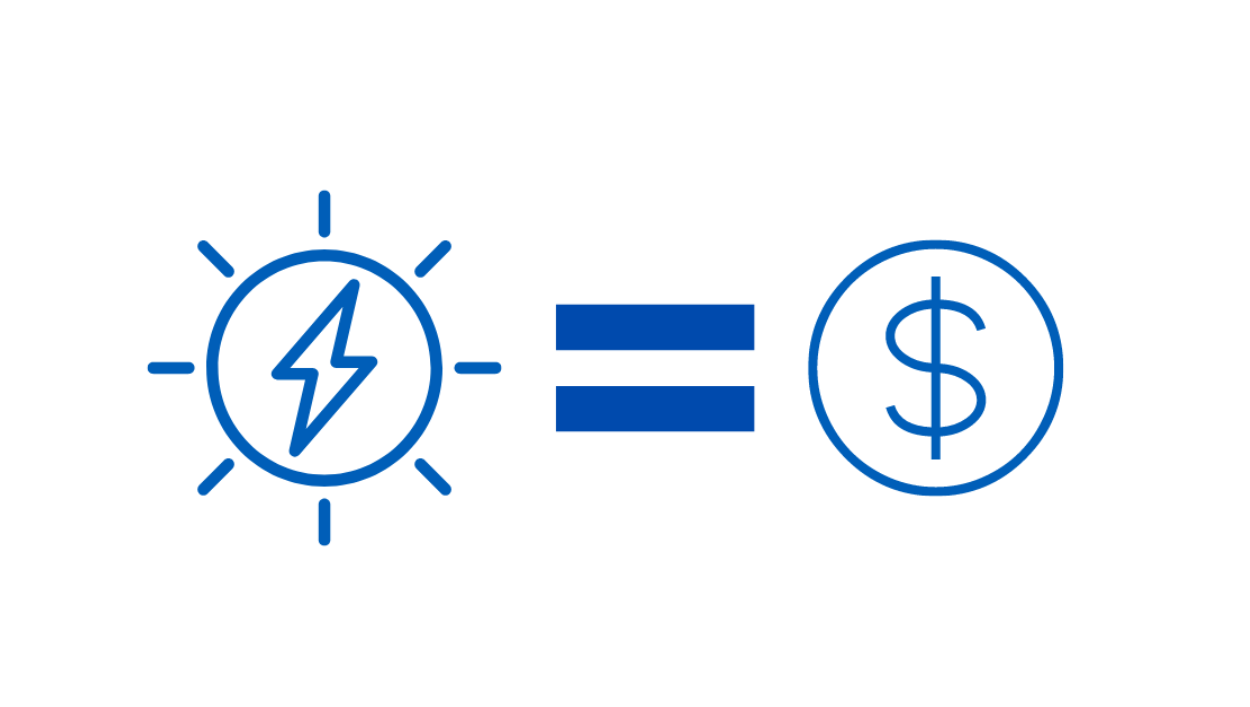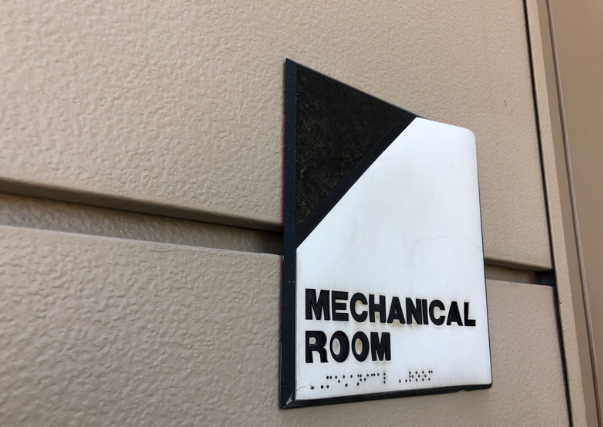 Hydronic HVAC system design can be complex. There are many mechanical, electronic and computerized components that now go into a commercial HVAC system and a system designer needs to know how all of them interact into one seamless system.
Hydronic HVAC system design can be complex. There are many mechanical, electronic and computerized components that now go into a commercial HVAC system and a system designer needs to know how all of them interact into one seamless system.
While your manufacturer’s rep is always your first, best resource for selecting hydronic equipment, we’ve compiled a list of go-to resources that may help HVAC engineers in designing these building systems.
- ASHRAE Self-Directed Courses. If you’re a member of ASHRAE, the ASHRAE Learning Institute offers self-directed learning as well as group learning for engineers entering the HVAC&R industry or even for seasoned engineers who need to brush up on technical topics. You should definitely check out the Fundamentals of Water System Design in the ASHRAE program.
- HVAC Solution software. Engineers built this powerful design tool FOR engineers and, true to the website’s claim, it really does work the way you think. This hydronic and airside system design tool allows you to build a live schematic that sizes and selects equipment and builds schedules in real time. They’ve got a free trial of the software that you can use before you buy.
- TACO Comfort Solutions educational videos. If you need to select a buffer tank for a hot water application, learn about SelfSensing pumps, read a psychometric chart, learn the fundamentals of circulator sizing and more, visit the TACO media library for a broad variety of topics.
- Whole Building Design Guide: High Performance HVAC. This is a program of the National Institute of Building Sciences that offers an overview of HVAC, including links to ASHRAE standards, energy-efficient design, product/systems integration and more. This is a terrific place to start, especially for the newly minted HVAC design engineer.
- Load calculation tool. One of our favorites here is the TACO Load Tool, which can be integrated with Revit. (Cool, right?) It includes interactive tools for immediate recalculation when you make changes along with default design parameter values. This one is similar to the tool offered by Carrier and Trane.
- HVAC Engineer’s Handbook. It’s been about sixty years since this handbook was first published. Now in its 11th edition, this is a useful reference for engineers with updated data on domestic hot and cold water, steam services, ventilation and more. This is available from a wide variety of online stores, including Amazon.
- Modern Hydronic Heating. An instant classic by John Siegenthaler, P.E., this is a comprehensive reference on hydronic heating for residential and light commercial buildings. This one is available in hardcover and as an e-textbook from many stores, including Amazon.
- ASHRAE’s 90.1 ECB App. This free online tool from ASHAE automates calculations to show design engineers whether or not a building complies with ASHRAE/IES Standard 90.1. You just input the project parameters and calculate the projected performance and compliance. Easy button.
- Common HVAC terms. It may seem overly simple, but a new engineer may not always have every single HVAC term committed to memory (there are a lot). Print out this handy list and keep it as a cheat sheet tucked away in a drawer. We won’t tell.
- Mobile Apps. The HVAC Ultimate Toolkit version of these Carmel Software apps includes 14 HVAC software apps. For $60, you can get Pipe Sizers (for liquid, steam and gas), ASHRAE ventilation calcs, HVAC duct sizers and more. This link will lead you to both IOS and Android apps that you can buy individually or in bundles like the Ultimate Toolkit above.
- Engineering Unit Converter. There are unit converters available both for iPhone users and Android users.
- Bonus HVAC system design resource: again, your local manufacturer’s rep. Believe it or not, manufacturer’s reps have engineers on staff who can help you with equipment selection, sizing questions and more.
A good engineer knows how to use all the resources available. This is, naturally, just a short list. Did we leave any of your favorites out?
Blog image courtesy of stoon/freedigitalphotos.net











Submit a Comment